Billionaire on barren land
We had a business trip to Po To commune - a revolutionary base during the two resistance wars of the nation. From a "dead land" devastated by war, Po To today is changing day by day, developing with spacious high-rise buildings and smooth concrete roads. The previously dry fields are now covered with a rich green color of sugarcane, cassava, and tobacco.
No one can deny that among the local traditional crops, sugarcane has always been considered a poverty-reducing crop, helping farmers here have food and savings. Up to now, Po To has become the main raw material area of AgriS Gia Lai Agricultural Joint Stock Company with an area of 2,352 hectares.
Mr. Nguyen Nhu Lieu (left cover, husband of Ms. Nguyen Thi Lieu, village 3, Po To commune) next to the sugarcane area planted in Attapeu province, Laos (photo provided by the character).
After 19 years of growing sugarcane, Nguyen Thi Lieu and her husband (village 3) own 90 hectares with an annual income of billions of dong. The spacious Thai-roofed house located opposite the Po To Commune People's Committee headquarters is a testament to her family's "sweet" sugarcane crops. Looking at their property today, few people know that the couple also came from hardship.
After getting married and moving out in 2006, her parents gave her 6 sao of farmland. With advice and guidance from relatives, she and her husband chose sugarcane to start a business. At that time, all the steps had to be done manually. To take care of the sugarcane fields, the couple woke up early in the morning and returned home when the lights were on. However, due to the barren land, the sugarcane yield was only about 4 tons/sao. With a selling price of 650-700 thousand VND/ton of 10 sugar, on average, each sao, her family only made a profit of 1.5 million VND.
She and her husband used all their savings to buy more land. She also considered growing other crops such as cassava, tobacco, and rice, but after discussing with her husband, sugarcane was still the final choice.
Ms. Lieu shared: Compared to other crops, sugarcane can adapt best to dry weather or long rainy days. More importantly, sugarcane growers do not have to worry about output because AgriS Gia Lai Agricultural Joint Stock Company buys it directly, and pays immediately when the sugarcane arrives at the factory. This is also the reason why in the period of 2018-2020, the price of raw sugarcane has dropped sharply, but her family is still determined to stick with it. Instead of destroying sugarcane to grow cassava, she decided to bring in machinery to produce, using productivity to compensate for prices, thus avoiding losses.
“Currently, the average yield of each hectare of sugarcane is 90-100 tons, sometimes reaching 120 tons. With the stable purchase price of raw sugarcane from AgriS Gia Lai Agricultural Joint Stock Company at 1.1 million VND/ton of 10 sugar, after deducting expenses, my family earns 40 million VND/ha; at the same time, creating regular jobs for 10 local workers with an income of 6-7 million VND/month. Thanks to sugarcane, my family was able to build a spacious house and send our children to school,” Ms. Lieu said happily.
Ms. Nguyen Thi Lieu (village 3, Po To commune) invested in 3 large tractors to serve the cultivation of 90 hectares of sugarcane for her family. Photo: Vu Chi
With more than 20 years of growing sugarcane, Mr. Nguyen Cong Bang (village 4) has also experienced two ups and downs with this crop. Those were the periods of 1999-2000 and 2018-2020. At that time, not only did the price of raw sugarcane drop sharply, but the factory's sluggish purchasing also caused him heavy losses. Many sugarcane fields had to be destroyed to produce the next crop. However, he remained loyal to sugarcane for many reasons.
He said: Leaving his hometown Hung Yen to start a business in Po To in 1989, sugarcane helped his family and many other households in the commune escape poverty. If he abandoned the raw material area just because of immediate difficulties, he would feel guilty towards the factory and towards nearly ten families who regularly worked for him.
Mr. Bang shared: “Having spent half of our lives consolidating and exchanging plots, my wife and I now own nearly 40 hectares of sugarcane land, earning more than 1 billion VND/year. Now, in our 60s, our health has deteriorated a lot, so my wife and I plan to work a few more years and then divide the land equally among our children to enjoy our old age.”
"Live healthy" with sugarcane
According to Mr. Bang, growing sugarcane is not just about applying theory to be successful, but must be based on experience, knowledge accumulated from practice and through training courses. Mr. Bang believes that the most important thing in growing sugarcane is deep plowing, soil treatment, choosing good varieties and treating sugarcane cuttings before planting to eliminate pathogens.
Besides, to be able to “live well” with sugarcane, synchronous mechanization is an inevitable trend. With a large sugarcane area, he and his wife invested in buying all kinds of machinery for production, from plows, sugarcane planting machines, sprayers, weeders, fertilizer pullers to sugarcane cutters. Only irrigation work makes him worried, he has repeatedly petitioned the competent authorities but has not been resolved.
Thanks to the application of mechanization in production, sugarcane growers save time and effort, increasing crop productivity. Photo: Vu Chi
Mr. Bang analyzed: If using machines, 10 hectares of sugarcane can be harvested in 1 day, but if done manually, with this area, the time can last up to 1 week. If there is only a stable source of irrigation water, not only sugarcane but all local crops will bring outstanding productivity, and farmers' income will also be improved. However, this is not a problem that can be solved overnight. In the immediate future, to solve the irrigation water problem, Mr. Bang is installing a drip irrigation system to save water, save fertilizer and increase crop productivity.
For Ms. Lieu's family, although they have the largest sugarcane area in the commune, they are still making efforts every day to develop this crop. Two years ago, with the policy of expanding the raw material area of AgriS Gia Lai Agricultural Joint Stock Company, Mr. Nguyen Nhu Lieu (Ms. Lieu's husband) and 10 people in the commune pioneered in going abroad to grow sugarcane in Attapeu province (Laos). He is renting 100 hectares of land to cultivate sugarcane here.
According to Mr. Lieu, although the farming practices of people in this area are still relatively backward, thanks to the land area adjacent to the shore, the climate and soil are similar to Vietnam, so it is quite favorable for production.
“This is a very meaningful program. We have the opportunity to share our farming experience with the people of your country, strengthen the solidarity and connection between the two countries, and increase our family income. Hopefully, in the future, the Company will have more preferential policies and closely cooperate with the people on the basis of mutual benefit to sustainably develop the raw material area,” Mr. Lieu shared.
In 2024, Po To commune will have 350 households achieving the title of good production and business at all levels; of which, 50 households at the provincial level, 100 households at the district level and 200 households at the commune level. Mr. Nguyen Viet Chung - Chairman of the Commune Farmers' Association - said: In recent years, the movement of farmers who are good at production and business, unite to help each other get rich and sustainably reduce poverty has developed in both breadth and depth.
Examples like Mr. Bang and Ms. Lieu's family are typical good production and business households at the provincial and district levels consecutively from 2021 to present. Not only are they hard-working and diligent, they are pioneering farmers in applying science and technology to production, daring to think, daring to do, daring to change to not only enrich their families but also contribute to promoting local socio-economic development.
Source: https://baogialai.com.vn/nhung-ty-phu-mia-o-po-to-post322692.html


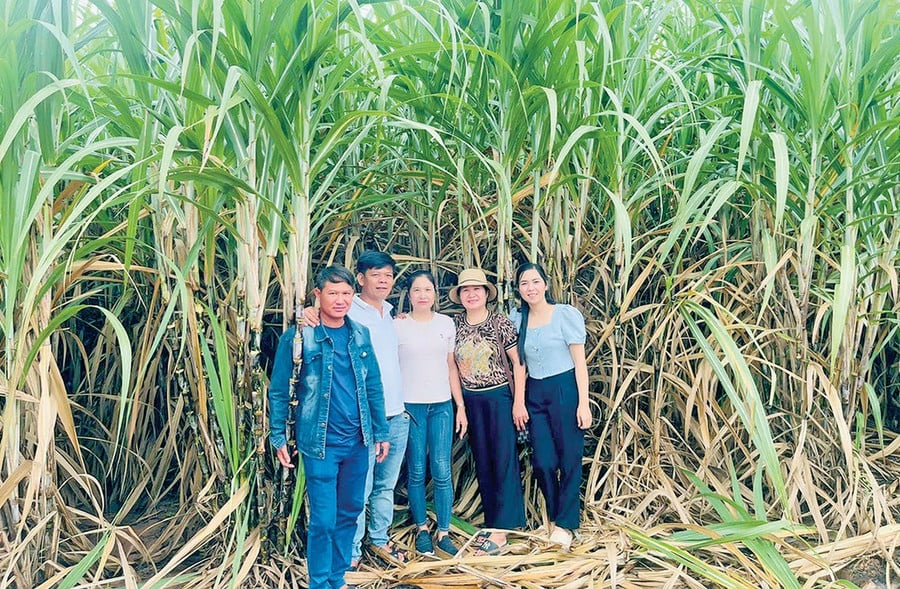
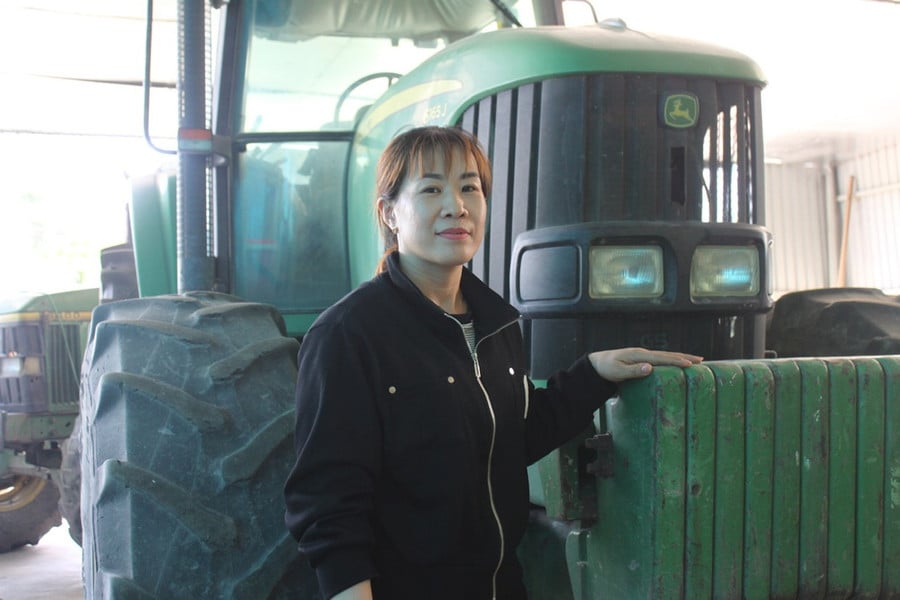
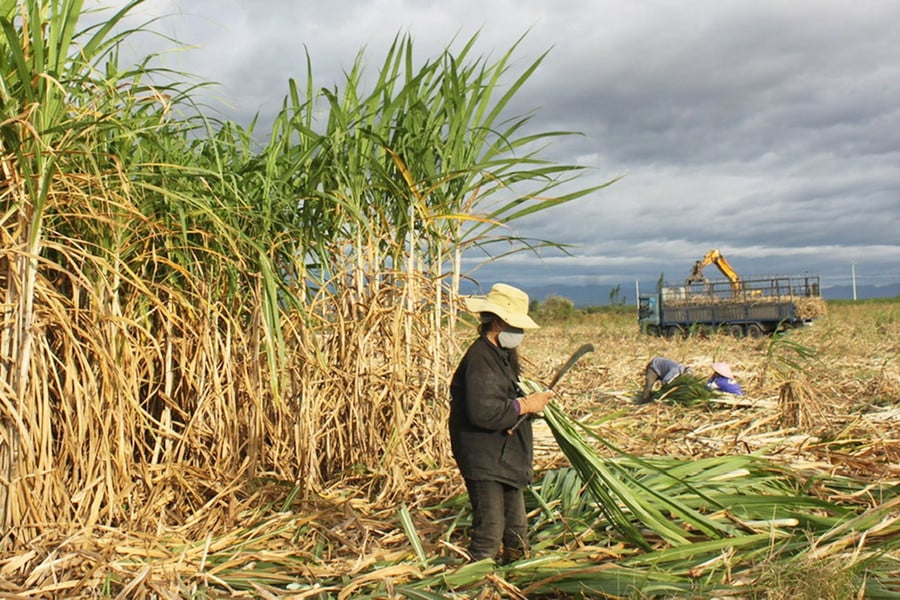


![[Photo] General Secretary To Lam chairs a working session with the Central Internal Affairs Commission](https://vphoto.vietnam.vn/thumb/1200x675/vietnam/resource/IMAGE/2025/5/22/3b7790f499da45b2803d8ae253207ef1)
![[Photo] T&T 1 and Ho Chi Minh City 1 People's Police Teams won the men's and women's team championships](https://vphoto.vietnam.vn/thumb/1200x675/vietnam/resource/IMAGE/2025/5/22/39db06ae67cb4001b7a556e8d9a56d07)
![[Photo] Prime Minister Pham Minh Chinh chairs meeting on draft Resolution of National Assembly on International Financial Center in Vietnam](https://vphoto.vietnam.vn/thumb/1200x675/vietnam/resource/IMAGE/2025/5/22/d398664ff1a140629169ea5a24e1b4d0)
![[Photo] Press delegation meeting to visit Truong Sa and DK1 Platform](https://vphoto.vietnam.vn/thumb/1200x675/vietnam/resource/IMAGE/2025/5/22/6b8d232877ec421a9e8187d83b9f8006)
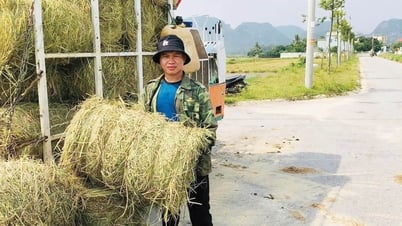




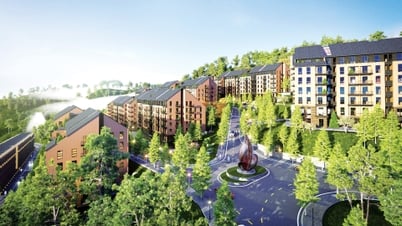

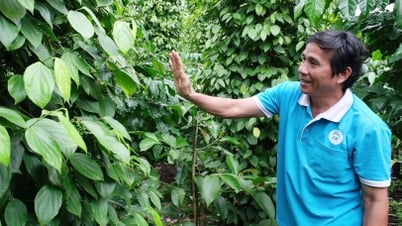





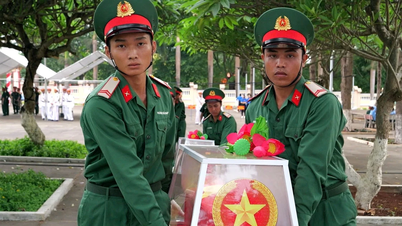
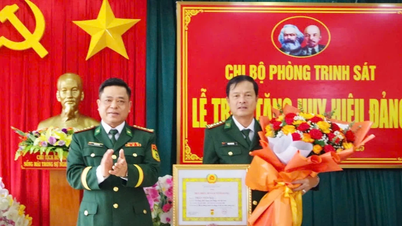

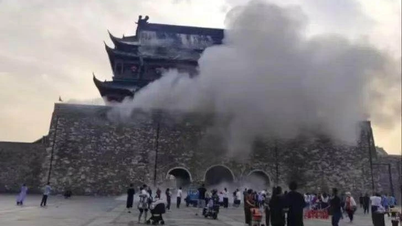

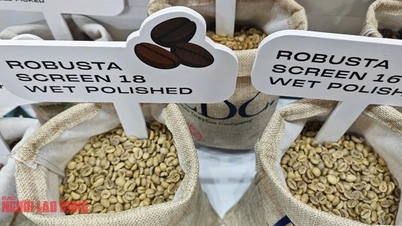





































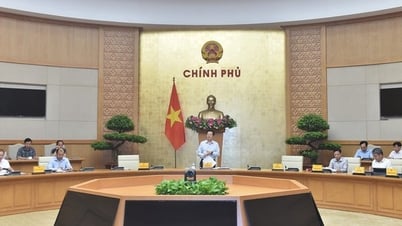

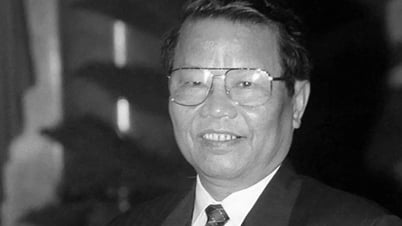




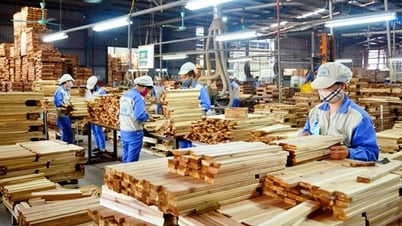
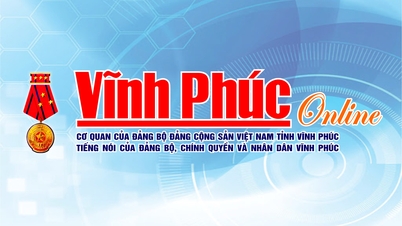

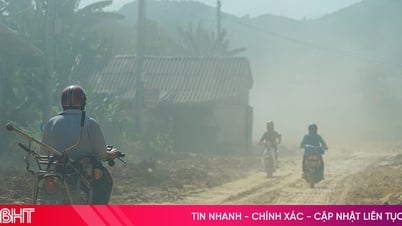





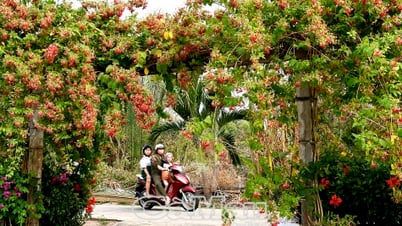






![[Podcast] Week introducing more than 500 OCOP products in Hanoi](https://vphoto.vietnam.vn/thumb/402x226/vietnam/resource/IMAGE/2025/5/22/d144aac2416744718388dbae3260e7fd)




Comment (0)